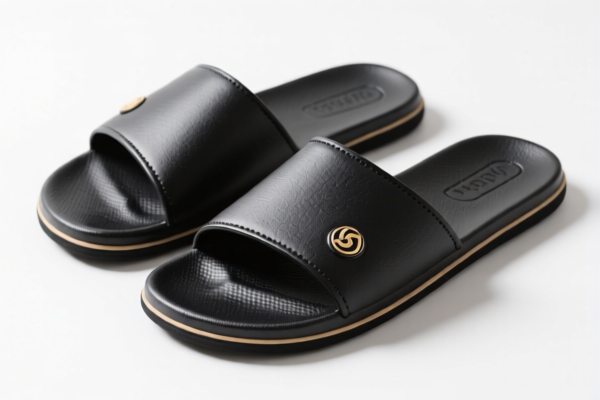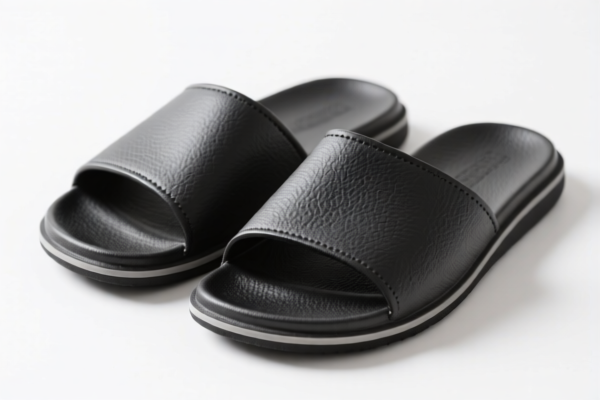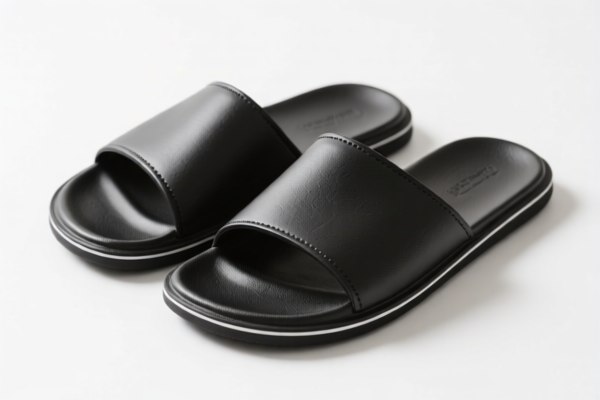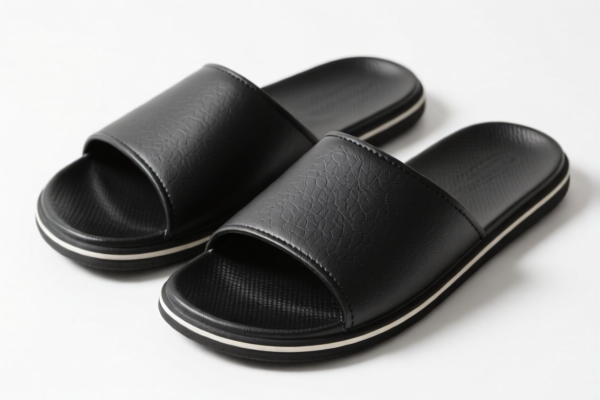| HS Code | Official Doc | Tariff Rate | Origin | Destination | Effective Date |
|---|---|---|---|---|---|
| 6401996000 | Doc | 75.0% | CN | US | 2025-05-12 |
| 6401998000 | Doc | 37.5% | CN | US | 2025-05-12 |
| 6402993110 | Doc | 36.0% | CN | US | 2025-05-12 |
| 6402996915 | Doc | 78.0% | CN | US | 2025-05-12 |
| 3926201020 | Doc | 30.0% | CN | US | 2025-05-12 |
| 3926909950 | Doc | 42.8% | CN | US | 2025-05-12 |
| 3924104000 | Doc | 33.4% | CN | US | 2025-05-12 |
| 3924905650 | Doc | 40.9% | CN | US | 2025-05-12 |




Wipe Slippers
Wipe slippers, also known as disposable slippers, are footwear designed for temporary use, typically prioritizing hygiene and convenience over long-term durability.
Material
The primary material in wipe slippers is non-woven fabric, commonly polypropylene (PP) or spunlace fabric. These materials are lightweight, breathable, and inexpensive. The sole is often constructed from polyethylene (PE) film or a thicker layer of non-woven fabric for minimal traction. Some models incorporate a thin layer of absorbent material like cellulose for enhanced comfort and liquid absorption.
Purpose
Wipe slippers serve a range of hygienic purposes, primarily preventing the spread of dirt and germs. They are commonly used in environments where maintaining cleanliness is critical.
Function
The core function is to provide a barrier between the feet and the floor surface. This prevents contamination of clean areas and protects the wearer from potential hazards on the floor. They are not designed for prolonged walking or strenuous activity.
Usage Scenarios
- Healthcare: Hospitals, clinics, and laboratories utilize them to minimize the spread of infection.
- Cleanrooms: Manufacturing facilities, particularly those dealing with electronics or pharmaceuticals, employ them to maintain a sterile environment.
- Spas and Salons: Provide a sanitary option for pedicures, manicures, and other treatments.
- Hotels: Offered to guests for temporary use in rooms or for spa services.
- Real Estate Showings: Used by potential buyers to maintain cleanliness during property tours.
- Temporary Events: Used in events where many people are walking through a space.
Common Types
- Standard Disposable Slippers: Basic single-use slippers, often with an elastic band for a secure fit.
- Non-Skid Slippers: Feature a textured sole for improved traction on smooth surfaces.
- Absorbent Slippers: Incorporate an absorbent layer for enhanced comfort and liquid absorption.
- Fleece-Lined Slippers: Provide added comfort and warmth.
- Boot Covers: Similar concept, but designed to cover shoes entirely for more comprehensive protection.
- Slipper Socks: Combine slipper and sock features for enhanced comfort and a more secure fit.
Wipe slippers are footwear typically designed for indoor use, often made of rubber or plastics and intended for casual wear or hygiene purposes. They may be disposable or reusable, and are generally lightweight and easy to clean.
The following HS codes may be relevant:
- 6402993110: Other footwear with outer soles and uppers of rubber or plastics: Other footwear: Other: Other: Having uppers of which over 90 percent of the external surface area (including any accessories or reinforcements such as those mentioned in note 4(a) to this chapter) is rubber or plastics (except footwear designed to be worn over, or in lieu of, other footwear as a protection against water, oil, grease or chemicals or cold or inclement weather): Other: Other House slippers. This code applies to house slippers where over 90% of the upper surface is rubber or plastic. The basic tariff is 6.0%, with a 0.0% additional tariff, increasing to 30% after April 2, 2025, resulting in a total tariff of 36.0%.
- 6402996915: Other footwear with outer soles and uppers of rubber or plastics: Other footwear: Other: Other: Valued not over $3/pair: Other House slippers. This code is for house slippers valued at $3 or less per pair. The basic tariff is 48.0%, with a 0.0% additional tariff, increasing to 30% after April 2, 2025, resulting in a total tariff of 78.0%.
- 3926909950: Other articles of plastics and articles of other materials of headings 3901 to 3914: Other: Other Face masks and shields, medical positioning or transport pads, medical waste containers or disinfectant wipes dispensers. While primarily for medical use, this code could apply if the wipe slippers are specifically marketed as disposable hygiene products, similar to disinfectant wipes. The basic tariff is 5.3%, with an additional tariff of 7.5%, increasing to 30% after April 2, 2025, resulting in a total tariff of 42.8%.
Regarding HS code 6402993110 and 6402996915, it is important to determine the material composition of the slippers (percentage of rubber or plastic in the upper) and the declared value per pair to ensure correct classification.
Customer Reviews
No reviews yet.